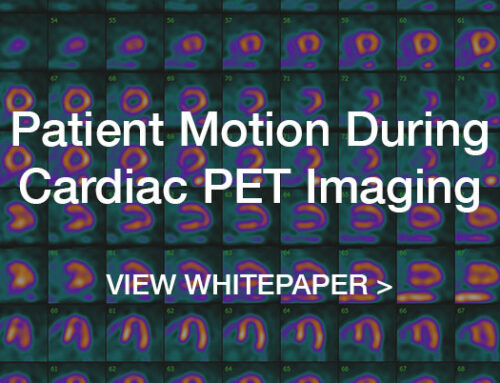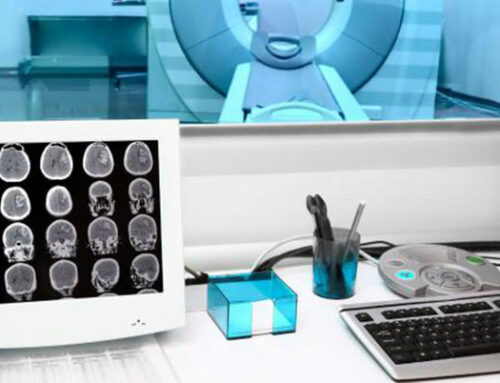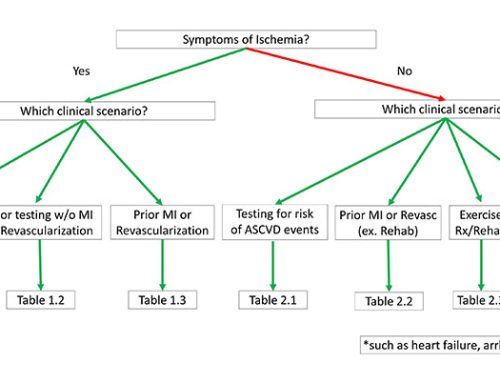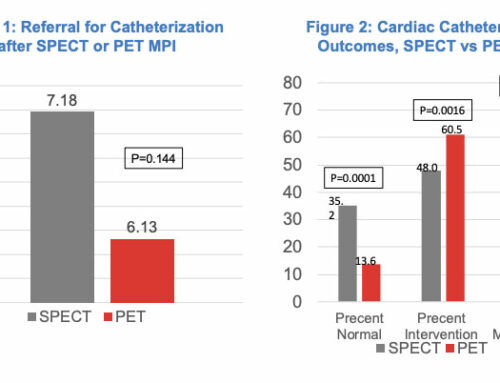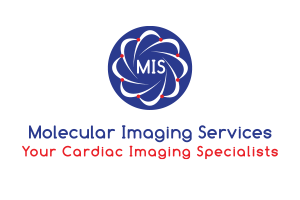Dave Fornell | May 09, 2023 | Cardiovascular Business | Cardiac Imaging
Cardiovascular Business spoke with two experts in cardiac imaging to identify some key trends at the American College of Cardiology (ACC) 2023 meeting. Marcelo DiCarli, MD, chief of the division of nuclear medicine and molecular imaging and executive director for the cardiovascular imaging program at Brigham and Women’s Hospital, and Rob Beanlands, MD, director of the National Cardiac PET Centre at the University of Ottawa Heart Institute in Canada, shared their thoughts.
DiCarli, who is also the chair of the ACC Cardiovascular Imaging Leadership Council, said clinical evidence has helped specialists craft guidelines in recent years that detail how imaging modalities can be used to best to help various types of patients. Cardiac computed tomography (CT) in particular has seen a large amount of growth, and this has been accelerated with its inclusion in the 2021 chest pain guidelines.


